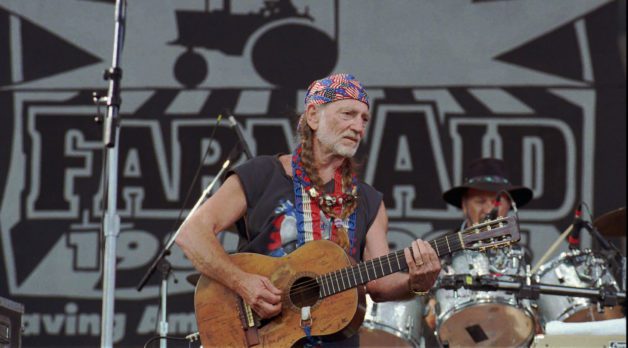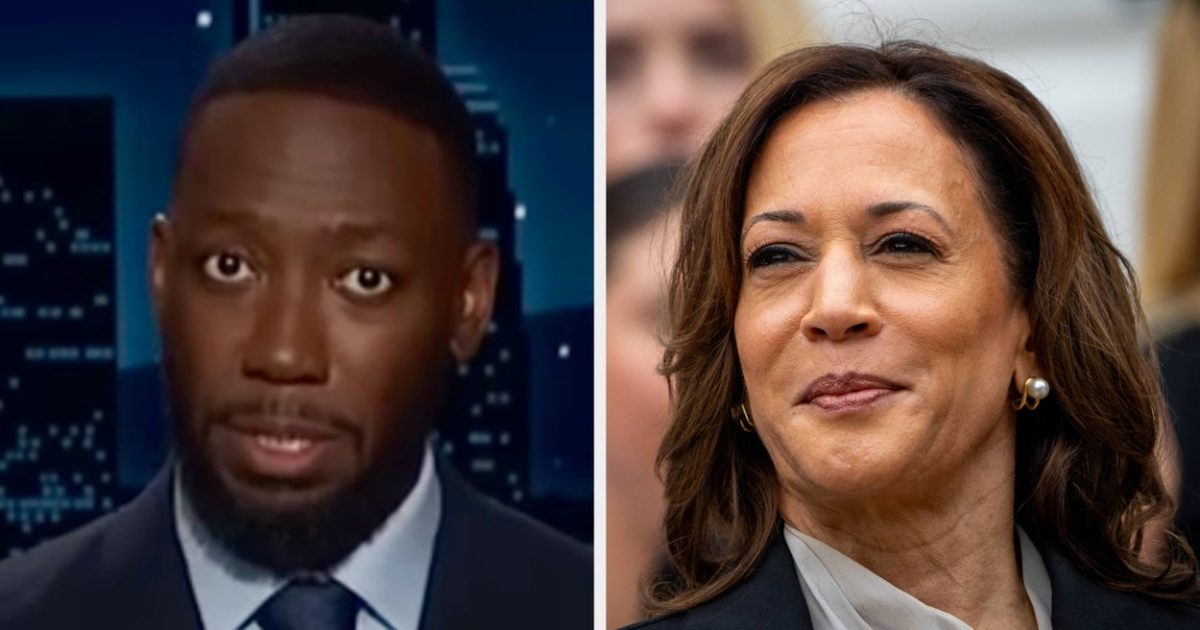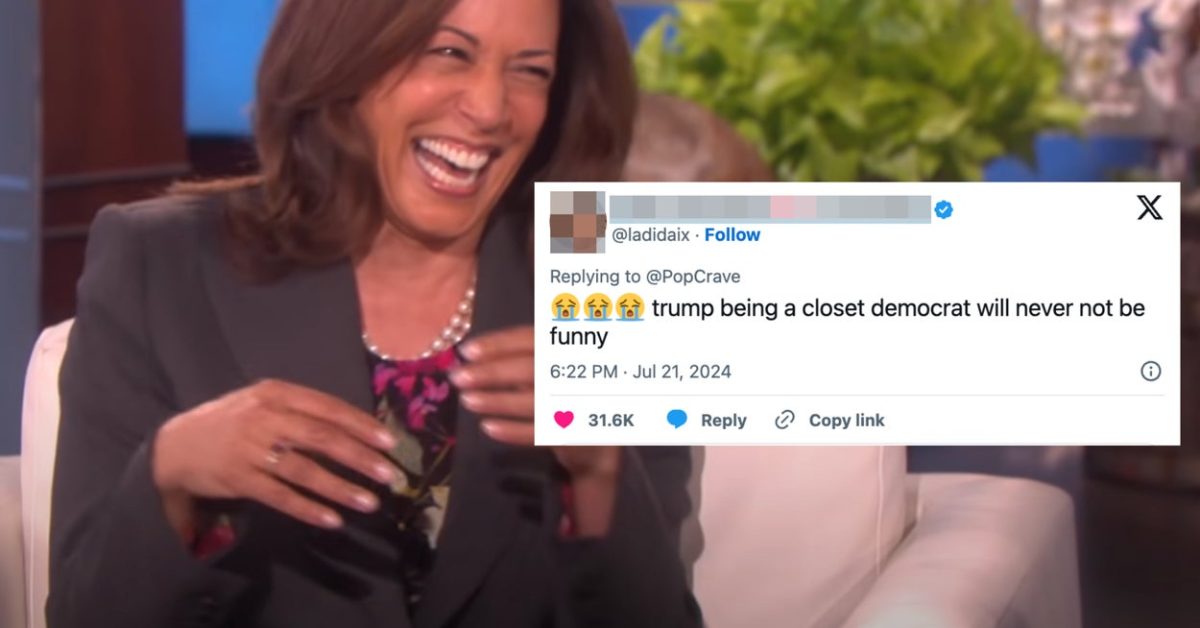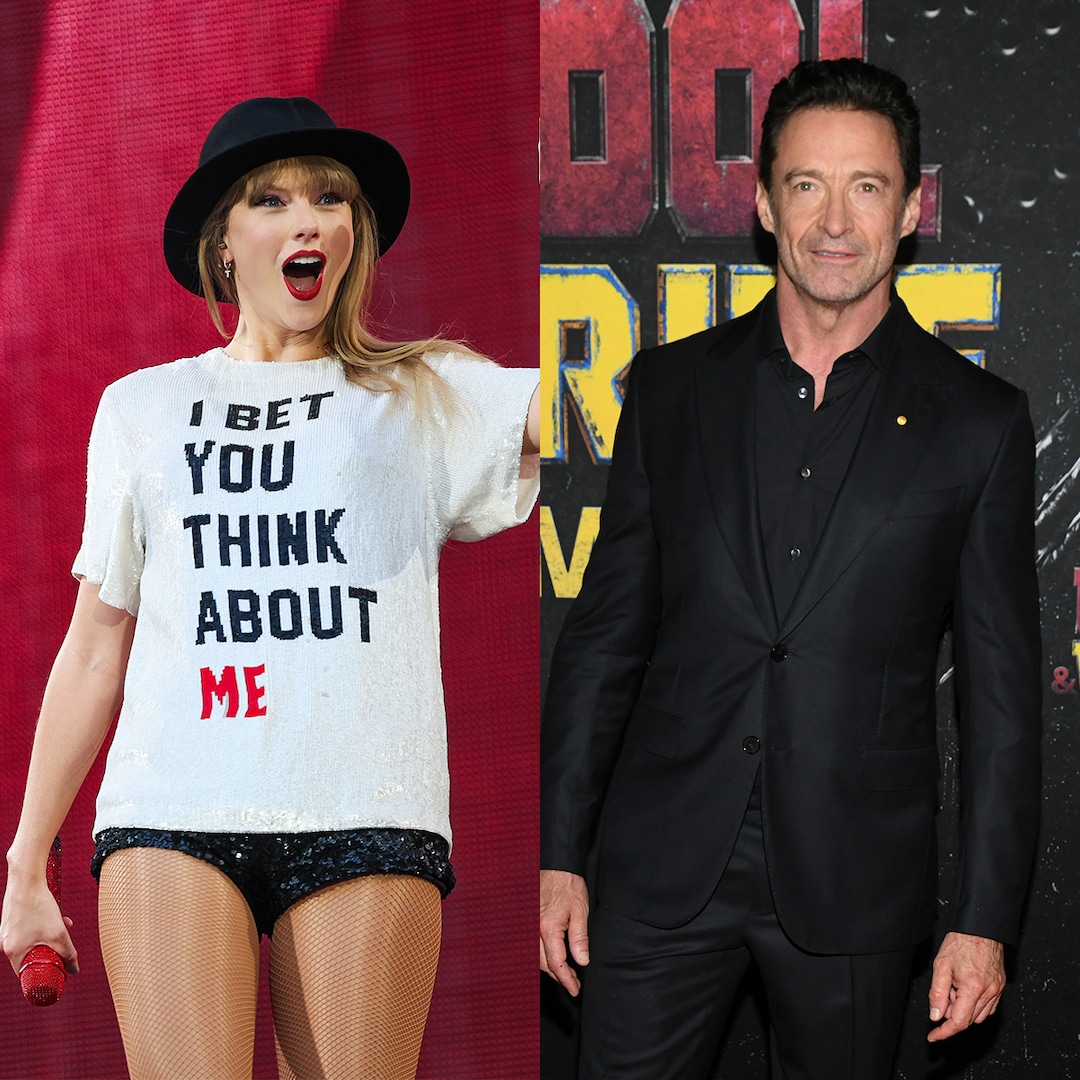
“I Couldn’t Even Tell You Who Cut What”: Editors Brett Banks and Chris Iversen on Willie Nelson & Family
Feb 4, 2023
Wille Nelson & Family, courtesy of Sundance Institute.
Archival and present-day footage are utilized to create a non-linear portrait of a legendary singer-songwriter in Willie Nelson & Family, a seven-part docuseries from directors Thom Zimny and Oren Moverman. Encompassing all seven decades of Nelson’s career, the series also touches upon his “philanthropy, marijuana advocacy, and activism on behalf of the American farmer.”
Editors Brett Banks and Chris Iversen discuss their collaborative cut, resulting in a final product that’s an “amalgam” of both of their editing choices and styles.
See all responses to our annual Sundance editor interviews here.
Filmmaker: How and why did you wind up being the editor of your film? What were the factors and attributes that led to your being hired for this job?
Banks: Directors Thom Zimny and Oren Moverman had seen The Go-Go’s which I had cut a few years earlier, and reached out about working together on an exciting new music doc. Once they told me it was about Willie Nelson I knew I couldn’t say no.
A week or two before starting, I met my fellow editor, Chris Iversen, for the first time. After talking movies, comedy and music, I immediately thought we could make something special together (or at the very least have a blast trying). It was clear we both had a real love of collaboration, which ended up being instrumental in the editing of Willie Nelson & Family.
Iversen: I’ve had the pleasure of collaborating with Thom Zimny a few times, but most recently on our 2019 film, The Gift: The Journey of Johnny Cash. It was a wonderful experience, and I always felt like we were creatively aligned. I was thrilled at both the idea of working with him again, and the added bonus of getting to work with the immensely talented director Oren Moverman for the first time. Add Willie Nelson to that equation, and it was a no brainer.
Filmmaker: In terms of advancing your film from its earliest assembly to your final cut, what were goals as an editor? What elements of the film did you want to enhance, or preserve, or tease out or totally reshape?
Banks: By the time Chris and I had built our first full assembly, it was a complete monster! Pushing 10 hours I believe. At that point it was clear our film would be expanding into a multi-part series. The only firm creative rule Thom and Oren gave to me and Chris was to tell the story in a non-linear way. With that, we had our north star in terms of story construction and we began sculpting the assembly into four episodes, which later expanded to five. After the assembly, Chris and I knew we needed to create a style that felt out of time, but still clear enough to create a coherent story. That was a big challenge, and something we kept in mind as we would proceed through the edit.
Iversen: Thom and Oren envisioned early on that the story of Willie’s life and career would be best served in a non-linear style. Instead of the more typical cradle to grave format, Oren and Thom wisely decided that jumping through time was a much more interesting and fitting framework for this story. Editor Brett Banks and I clicked from the moment we started talking, and it felt obvious that this edit would be best served as a result of constant collaboration.
Our first assembly was a massive linear 10+ hour cut of every story point we could fathom, drawn from our 70+ interviews. The goal and challenge for me and Brett was to restructure all of those scenes nonlinearly to arc across multiple episodes. It was extremely rewarding being allowed to go off the structural deep end, and Thom and Oren always encouraged us to go deeper into unfamiliar waters.
Filmmaker: How did you achieve these goals? What types of editing techniques, or processes, or feedback screenings allowed this work to occur?
Banks: Chris and I began recutting each other’s scenes. He’d do a new version of something I’d previously built and vice versa. The more we did this, the more the scenes took on a style of their own that neither Chris nor I would’ve come up with by ourselves. We began to experiment with intercutting old archive footage and stills with footage of Willie today, which began to give the series the feel of existing both in the past and present simultaneously. Developing this style became a breakthrough we would then apply throughout the series. Certain episodes, especially the first one, are such an amalgam of Chris and my work that I couldn’t even tell you who cut what.
Iversen: Brett and I started together on episode one as a template for the overall vibe of the series. After a lot of experimenting, we discovered a time jumping logic that felt right. The idea was to have Willie exist across all nine decades of his life at any given moment. That became the language of the series, and from there we just built a rhythm of continually recutting each other’s scenes. Instead of discrete lanes of ownership, Brett and I deliberately passed back and forth sequences, and even entire episodes to each other constantly. We each had a few small sections that were completely our own, but the vast majority of the scenes are ones that we kept iterating on collaboratively.
Filmmaker: As an editor, how did you come up in the business, and what influences have affected your work?
Banks: Out of college I was fortunate to land an assistant editor position at Jigsaw Productions, where I cut my teeth working with some of the best people in the documentary film business. Many of them have become mentors and continuing collaborators over the years, and it’s their work that has influenced me the most. That environment taught me how to construct a clear, concise, true story, and to do so in a stylish, cinematic way.
Iversen: I started my editing career as a freelance assistant editor/bartender. Initially hired as an assistant editor, director Judd Ehrlich promoted me mid-job to editor on the 2015 documentary feature We Could Be King which netted us an Emmy. The success of that film allowed me to dive into documentary editing full time, and I have been losing Emmys ever since.
I have learned the most from working with a revolving door of talented directors, producers, and editors across a wide scope of documentary subgenres. I’ve worked with everyone from nature film directors to sports editors to cinematographers and producers on the front lines of wars. The style and language of every project has rubbed off on me because of the diverse talent of the people I’ve been fortunate to work with.
Filmmaker: What editing system did you use, and why?
Banks: We used Avid for this project because it’s the best for large scale projects like this one. Avid does a fantastic job of managing huge amounts of media. Over the years most of my work has been on Avid and at this point. I prefer the interface and tools as it’s what I’m used to.
Iversen: We cut the series in Avid Media Composer because it is robust enough to handle the massive amount of archival that was accumulated to represent nine decades of Willie’s life. Every project feels like a bit of a coin flip to me between Premiere and Avid, but in this case having project stability was important. Also, Thom loves AVID so we had no choice.
Filmmaker: What was the most difficult scene to cut and why? And how did you do it?
Banks: I struggled cutting the scene about the death of Willie’s son, Billy. It’s obviously such an emotionally charged subject, and it’s very clear Willie and his family still feel the trauma from losing Billy before his time. The key to making it work was centering the scene not on the circumstances of Billy’s death, but on the impact his loss had on Willie. In the wake of his son’s death, Willie had to tap into his deep well of faith, music and resilience that had gotten him through so many tough times before. Leaning into those elements helped unify the scene with the rest of Willie’s journey, which was the key in making the scene work.
Iversen: The scene I wrestled with the most was the story of Willie’s guitar Trigger. There are endlessly entertaining and interesting ways to tackle the story of this mega famous guitar, and I cut a lot of wildly different versions. Mysteriously, the scene always felt like a loose tooth to the grander narrative. The breakthrough for me was finding a moment from Willie describing the soul to soul connection he feels with horses. His guitar Trigger was lovingly named after Roy Rogers’s horse, and combining those two elements helped describe the spiritual link between his guitar and his childhood which unlocked the entire scene for me.
Filmmaker: Finally, now that the process is over, what new meanings has the film taken on for you? What did you discover in the footage that you might not have seen initially, and how does your final understanding of the film differ from the understanding that you began with?
Banks: First, the most striking part of Willie’s character to me is his ability to turn hardship into something positive. From his childhood growing up poor, to losing his home in a fire, to having his worldly possessions auctioned off to the highest bidder, he’s endured challenge after challenge, and always found a way to stay positive. It’s his outlook on life that’ll stick with me. The degree to which our film teased out that part of his character is one of my favorite aspects of it.
And secondly, this film is a testament to collaboration. All films, documentaries especially, require contributions from so many folks pulling in the same direction. This is the most collaborative edit I’ve ever been involved in, and the series is much better for it.
Iversen: I feel privileged to be able to help tell the epic story of Willie Nelson, and it was a bit intimidating to start. With such a massive archive, long runtime, and seemingly infinite ways this story could unfold, this edit ended up feeling surprisingly relaxed. Willie always preaches the power of positive thinking, and the energy I felt spending a year with Willie on my screen was undeniably positive. This all went hand in hand with the exciting and collaborative spirit of this project, and I feel incredibly lucky I got to share this last year with Willie and this team.
Publisher: Source link
Lamorne Morris Thinks Kamala Harris Has This Advantage Over Donald Trump
Trump said that President Joe Biden, who dropped out of the race on Sunday while recovering from COVID-19, never really had the infection. “Really? Trump thinks Biden never had COVID?” Morris said on Monday. “You don’t pretend to have COVID to get out…
Jul 26, 2024
Khloe Kardashian Is Ranked No. 7 in the World for Aging Slowly
Khloe Kardashian's body is out for more than just revenge. In fact, the 40-year-old is one of the world's slowest agers—a revelation she learned after taking a blood test to determine her body's biological age compared to her calendar age.…
Jul 26, 2024
Reactions To Trump’s Kamala Harris Donation
Just as many white Americans used their Obama vote to excuse their internalized racism, Lauren Boebert seems to have adopted this same ideology, ignoring Trump's long record of racism against African Americans, Mexicans, Hispanics, Native Americans, Muslims, Jews, and immigrants, and discrimination against women and…
Jul 25, 2024
Hugh Jackman Reveals What an NFL Game With Taylor Swift Is Really Like
Hugh Jackman is happy to fill any blank space in Taylor Swift’s NFL game suite. In fact, the Deadpool & Wolverine star recently detailed his experience attending a Kansas City Chiefs game to root on Travis Kelce, alongside Ryan Reynolds,…
Jul 25, 2024











